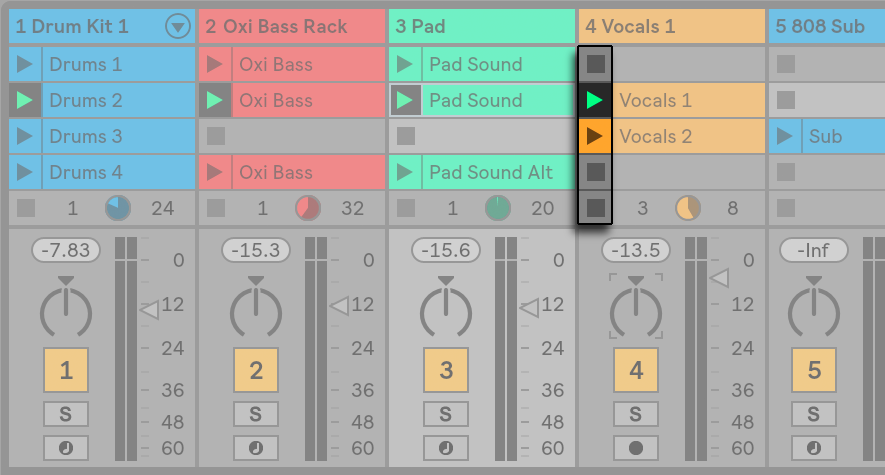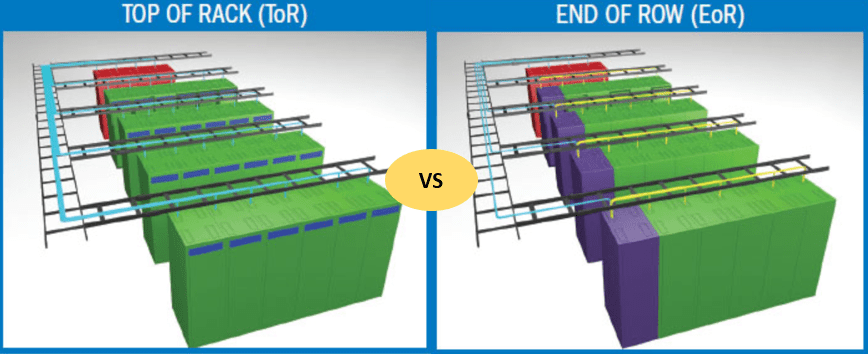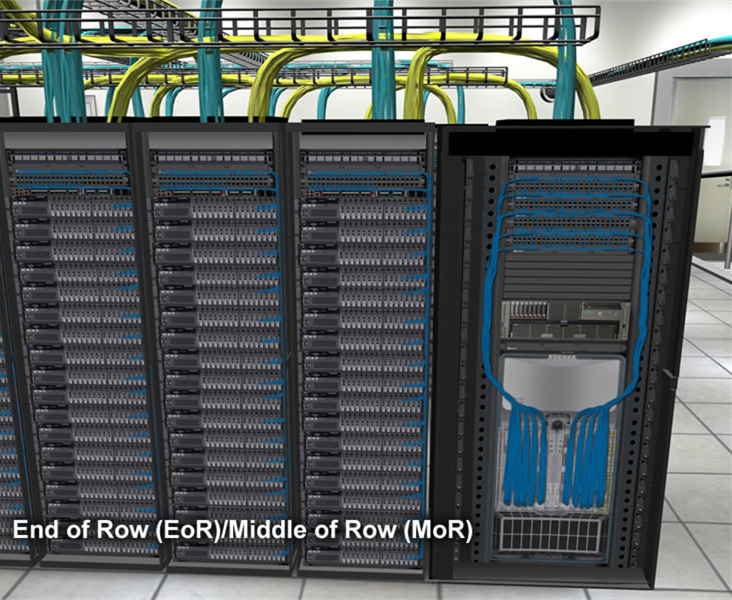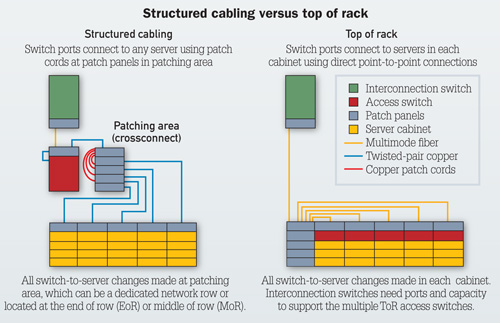With the ever increasing demand for switch to server connections in the data center network the network cabling is required to be more flexible and effective than ever.
Top of rack switch vs end of row.
At higher ethernet speeds where the cabling costs are outsized there is sense to placing the switch in the middle of rack but there are tradeoffs.
Middle of rack vs top of rack switch placement.
In this post we will mainly discuss the differences between these two approaches.
Network upgrades or issues at the end of row switch can be service.
In the eor end of row network design each server in individual racks are connected to a common eor end of row aggregation switch directly without connecting to individual switches in each rack.
However maintenance contract costs are typically less with end of row due to the far fewer number of individual switches carrying maintenance contracts.
Therefore unlike top of rack where each rack is its own managed unit with end of row the entire row of servers is treated like one holistic unit or pod within the data center.
Eor access switch deployment is very common to extend all the connections from servers to the switching rack at the end of row.
The end of row switch provides connectivity to the hundreds of servers within that row.
Unplanned expansions within a rack might be difficult to achieve using the tor approach.
In the top of rack design servers connect to one or two ethernet switches installed inside the rack so that all copper cabling for servers stays within the rack from the server to the rack switch.
Imho the space utilized by the switch is gained by not having to have a 48 port patch panel in the rack and then another set of of panels at the end of row.
Important considerations when selecting top of rack switches the company says the 6 page guide will help readers take the next steps toward a tor data center evolution once you have accepted the need to move to 10 gbe switching in the data center your next decision.
Eor end of row design.
Top of rack tor and end of row eor are two common infrastructure designs for data centers.
It s common practice to place network switches at the top of the rack.
If the deployment is needed to support the existing wiring you can also deploy a virtual chassis.
For example the cost of a 48 port line card in a modular end of row switch can be only slightly less in price if not similar to an equivalent 48 port top of rack switch.
I m searching to find out the difference between the different types of switches.
Core switches top of rack switches end of row switches rack switches are they stack exchange network stack exchange network consists of 176 q a communities including stack overflow the largest most trusted online community for developers to learn share their.
Where you are building.
This is especially true in situations where you are deploying high density racks with 40 80 servers per rack.








